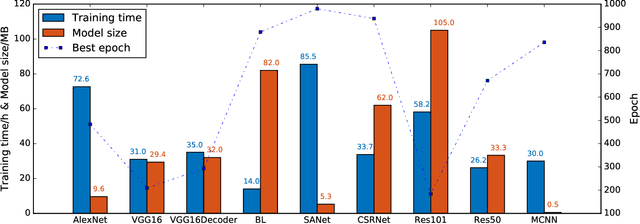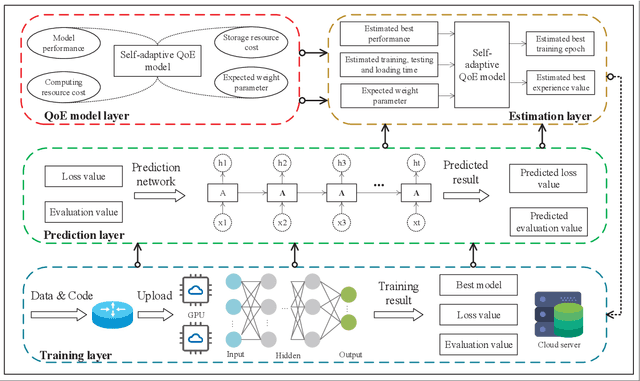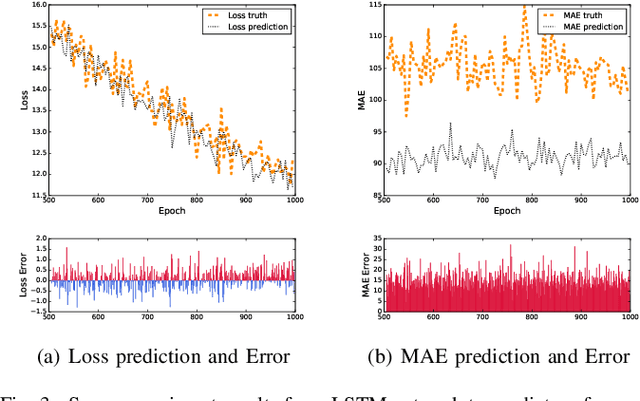Hamid Gharavi
A Hybrid Wired/Wireless Deterministic Network for Smart Grid
May 13, 2021



Abstract:With the rapid growth of time-critical applications in smart grid, robotics, autonomous vehicles, and industrial automation, demand for high reliability, low latency and strictly bounded jitter is sharply increasing. High-precision time synchronization communications, such as Time Triggered Ethernet (TTE), have been successfully developed for wired networks. However, the high cost of deploying additional equipment and extra wiring limits the scalability of these networks. Therefore, in this paper, a hybrid wired/wireless high-precision time synchronization network based on a combination of high-speed TTE and 5G Ultra-Reliable and Low-Latency Communications (URLLC) is proposed. The main motivation is to comply with the low latency, low jitter, and high reliability requirements of time critical applications, such as smart grid synchrophasor communications. Therefore, in the proposed hybrid network architecture, a high-speed TTE is considered as the main bus (i.e., backbone network), whereas a Precision Time Protocol (PTP) aided 5G-URLLC-based wireless access is used as a sub-network. The main challenge is to achieve interoperability between the PTP aided URLLC and the TTE, while ensuring high precision timing and synchronization. The simulation results demonstrate the impact of the PTP-aided URLLC in maintaining network reliability, latency, and jitter in full coordination with the TTE-network.
DeepNetQoE: Self-adaptive QoE Optimization Framework of Deep Networks
Jul 17, 2020



Abstract:Future advances in deep learning and its impact on the development of artificial intelligence (AI) in all fields depends heavily on data size and computational power. Sacrificing massive computing resources in exchange for better precision rates of the network model is recognized by many researchers. This leads to huge computing consumption and satisfactory results are not always expected when computing resources are limited. Therefore, it is necessary to find a balance between resources and model performance to achieve satisfactory results. This article proposes a self-adaptive quality of experience (QoE) framework, DeepNetQoE, to guide the training of deep networks. A self-adaptive QoE model is set up that relates the model's accuracy with the computing resources required for training which will allow the experience value of the model to improve. To maximize the experience value when computer resources are limited, a resource allocation model and solutions need to be established. In addition, we carry out experiments based on four network models to analyze the experience values with respect to the crowd counting example. Experimental results show that the proposed DeepNetQoE is capable of adaptively obtaining a high experience value according to user needs and therefore guiding users to determine the computational resources allocated to the network models.
 Add to Chrome
Add to Chrome Add to Firefox
Add to Firefox Add to Edge
Add to Edge